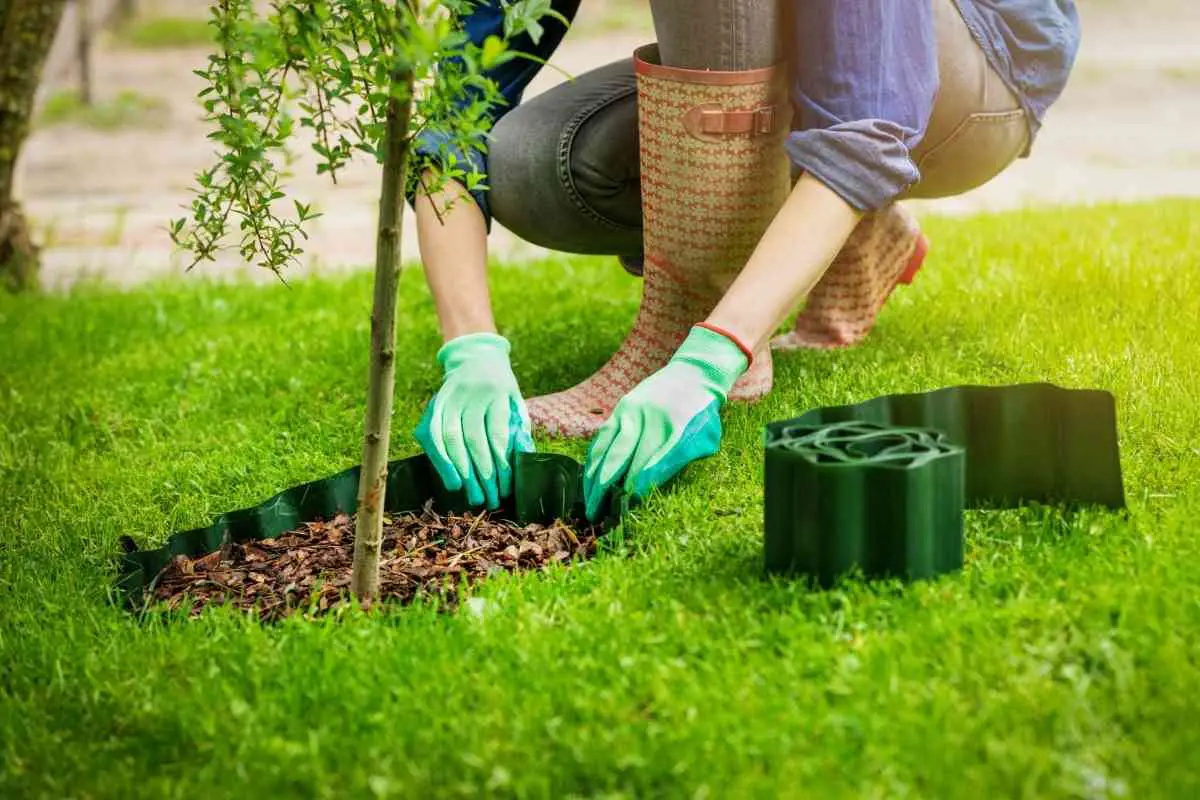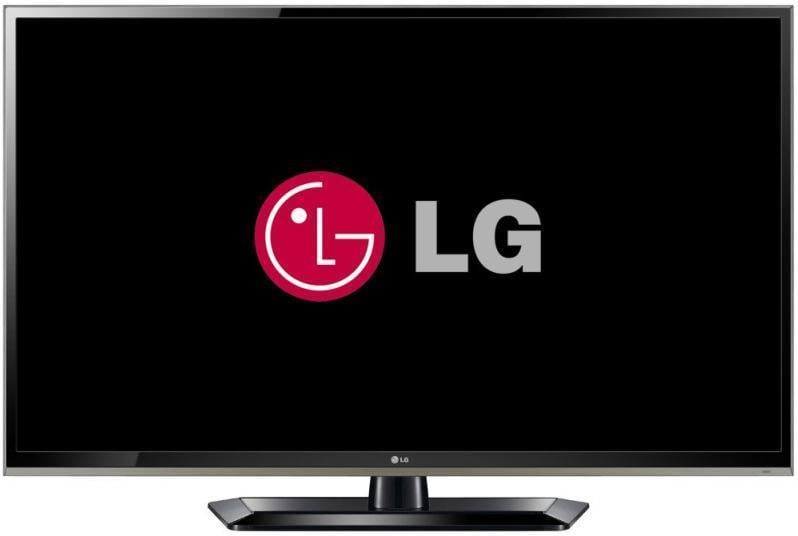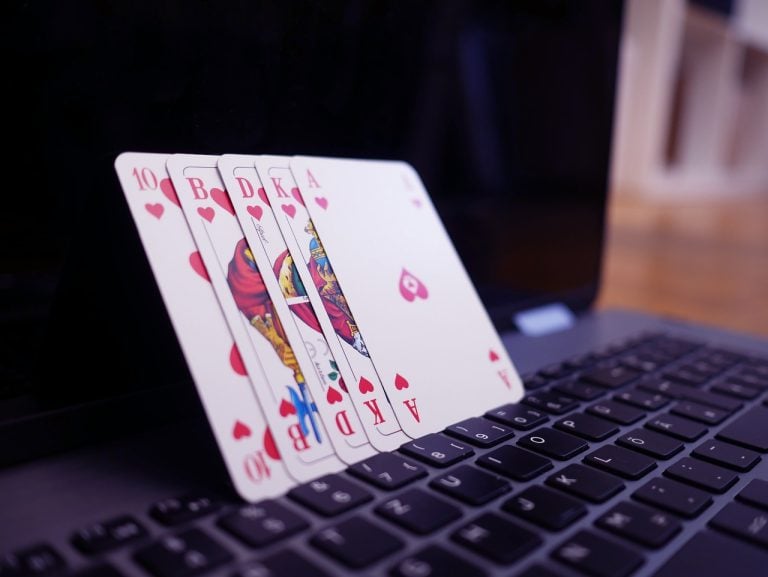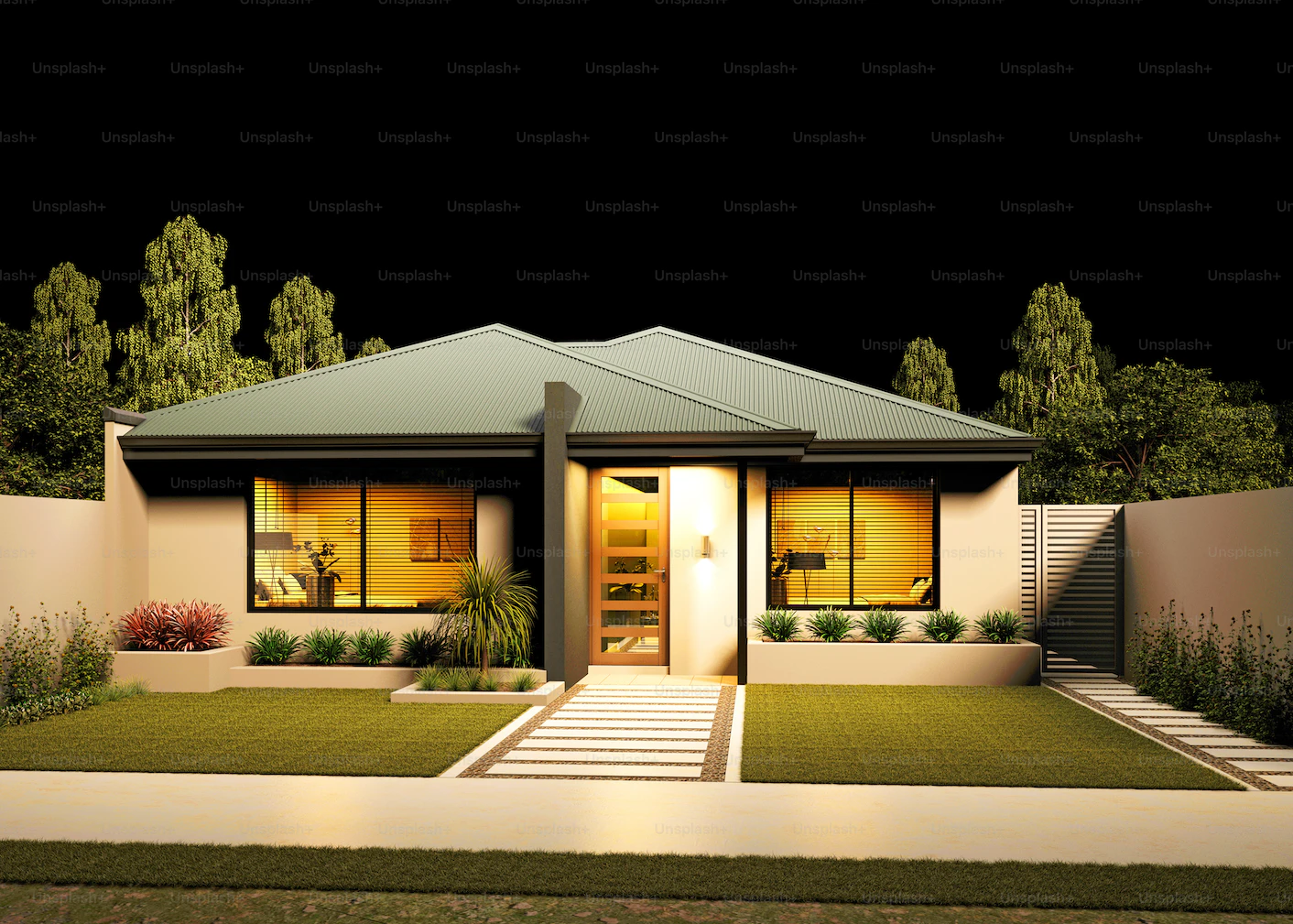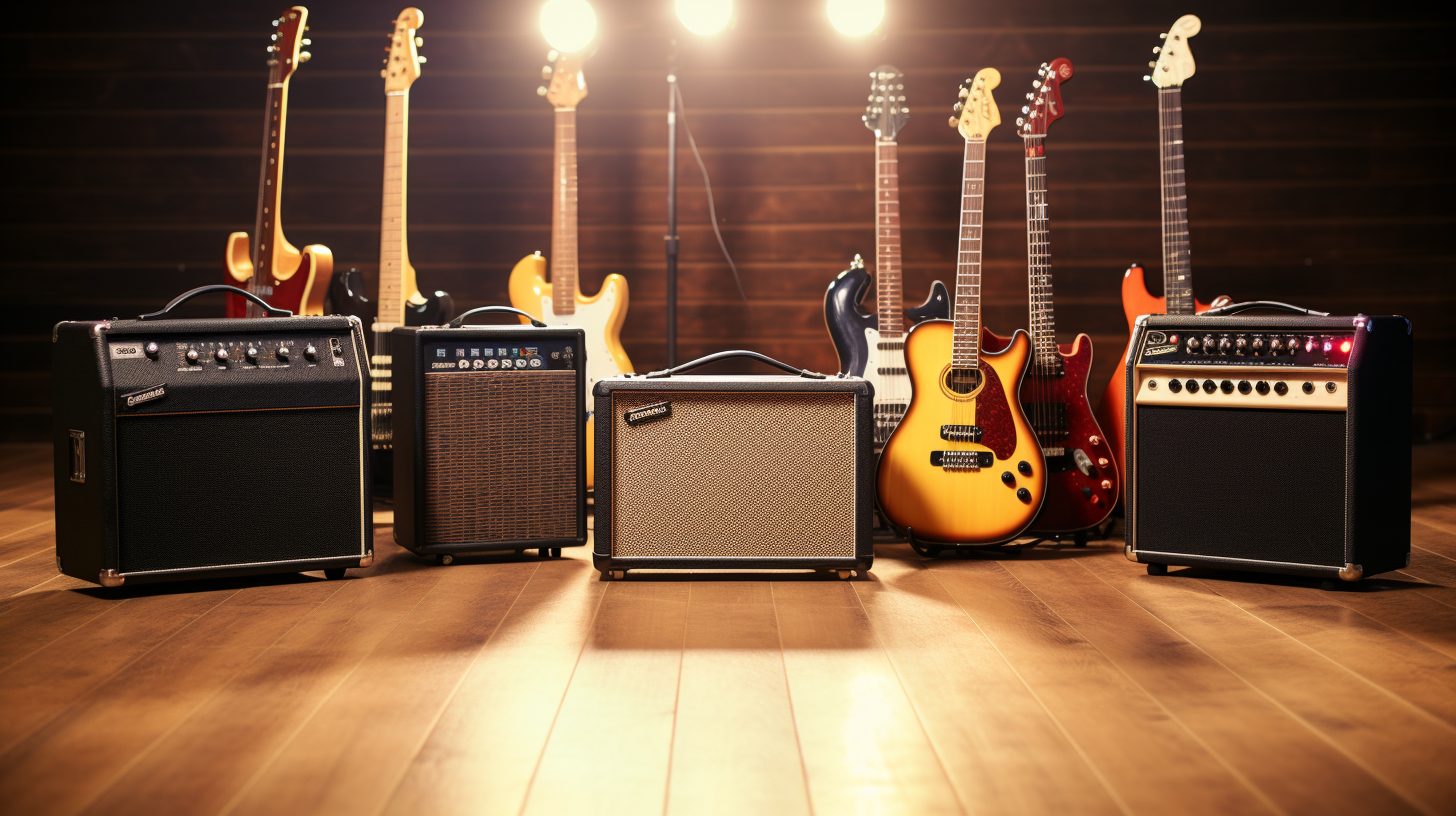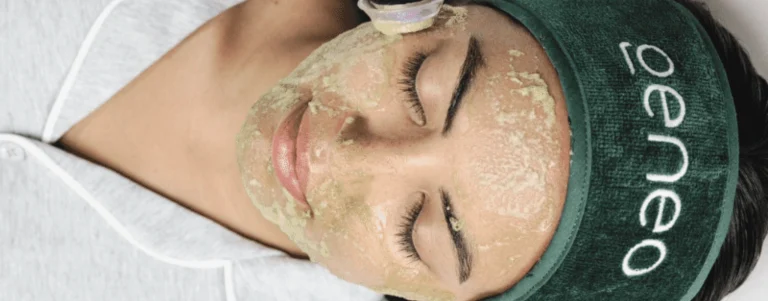The Comprehensive Guide to Artificial Turf Installation
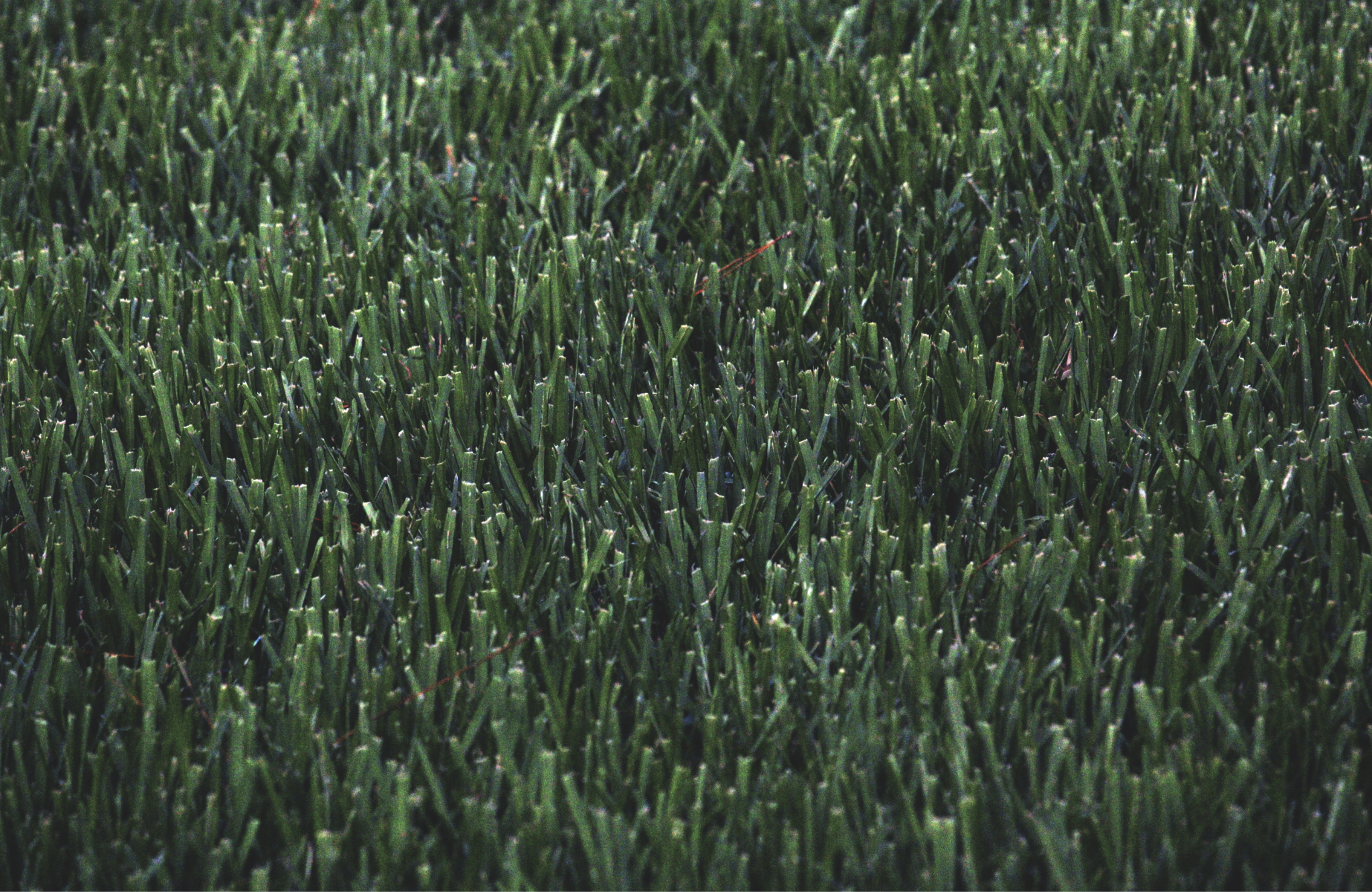
Table of Contents
As the demand for low-maintenance and aesthetically pleasing outdoor spaces grows, artificial turf has emerged as an attractive alternative to natural grass. Artificial turf, also known as synthetic grass or fake grass, offers a lush green appearance year-round without the hassle of regular maintenance. Whether you’re considering a backyard makeover, a sports field renovation, or a commercial landscaping project, understanding the intricacies of artificial turf installation is essential. This comprehensive guide will delve into the various aspects of artificial turf installation, from preparation and materials to the actual installation process.
Pre-Installation Preparation
Before embarking on an artificial turf installation project, meticulous preparation is paramount. Here are the key steps to ensure a successful installation:
- Site Evaluation and Measurements Begin by evaluating the installation site. Measure the area accurately, considering any unique contours, obstacles, or features. Accurate measurements will guide the amount of artificial turf, infill, and other materials required.
- Material Selection Choosing high-quality materials is crucial for a durable and visually appealing artificial turf installation. Synthetic grass comes in various blade lengths, textures, and colors. Select a turf variety that complements the surrounding environment and suits the intended use of the space.
- Site Clearing and Excavation Clear the installation site of any existing vegetation, debris, or obstacles. Depending on the project, you might need excavation work to create a level surface. Proper drainage considerations are also essential during this phase.
- Base Preparation Creating a stable and well-draining base is vital to the longevity of your artificial turf. Most installations require a compacted aggregate base. Depending on the soil composition and drainage requirements, a geotextile fabric might be necessary to prevent weed growth and ensure proper drainage.
Installation Process
With the pre-artificial turf installation preparation completed, it’s time to dive into the installation process. This phase involves several intricate steps culminating in a seamless and visually appealing artificial turf surface.
- Base Compaction: The aggregate base needs to be appropriately compacted before laying any materials. This step ensures a stable foundation to withstand foot traffic and prevent uneven settling.
- Weed Barrier Installation To prevent weeds from growing through the artificial turf, a weed barrier fabric is often installed over the compacted base. This non-woven fabric inhibits weed growth while allowing water to drain through.
- Artificial Turf Unrolling Begin by unrolling the synthetic grass over the prepared area. Ensure that the turf fibers face the same direction for a consistent and natural appearance. Trim any excess turf as needed to fit the space accurately.
- Seaming and Edging: If your installation requires multiple pieces of artificial turf, careful seaming is essential to create a seamless look. Special adhesive tapes and glues are used to join the edges of the turf pieces. Additionally, installing edge restraints around the perimeter of the installation area helps secure the turf in place.
- Infill Application Infill materials, such as silica sand or rubber granules, are spread across the turf surface. Infill provides stability, weight, and support to the artificial grass fibers, ensuring they remain upright and resilient. The infill also contributes to shock absorption, making the turf suitable for various activities.
- Brushing and Grooming After the infill is evenly spread, the artificial turf is brushed using specialized equipment. This process helps distribute the infill more evenly and lifts the turf fibers, giving the surface a natural appearance. Grooming can also be performed periodically to maintain the turf’s aesthetic appeal.
- Watering and Compaction While artificial turf doesn’t require water like natural grass, a light misting might be used during installation to settle the infill. Additionally, running a compactor over the surface ensures proper settling of materials and creates a stable and even playing or walking surface.
Maintenance of Artificial Turf
Beyond the artificial turf installation process, maintaining your artificial turf properly is essential to ensure its longevity and continued aesthetic appeal. Artificial turf is designed to be low-maintenance, but there are still some key considerations to remember.
- Regular Cleaning While artificial turf doesn’t require mowing or fertilizing, it does benefit from routine cleaning. Remove debris such as leaves, twigs, and pet waste regularly to prevent any build-up that could hinder drainage or create an unsightly appearance. A simple leaf blower or a gentle rake can be used.
- Brushing and Grooming Periodically brushing or grooming your artificial turf helps keep the fibers upright, preventing them from matting down over time. Specialized grooming tools or stiff bristle brushes can be used for this purpose. Brushing also helps evenly distribute infill, ensuring consistent performance and appearance.
- Addressing Stains and Odors: Accidents happen, and if you have pets or children, stains and odors may occur on your artificial turf. Promptly address any spills or stains by rinsing the affected area with water. Mild soap solutions can be used for more stubborn stains. Additionally, consider using pet-friendly deodorizers to keep your turf smelling fresh.
- Gentle Rinsing Periodically rinsing your artificial turf with water helps keep it clean and dust-free. This process can also prevent the accumulation of bacteria or allergens. Use a hose or a sprinkler system for gentle and thorough rinsing.
- Preventing Compaction Over time, foot traffic and regular use can lead to infill and turf fiber compaction. To prevent this, vary the usage patterns of your artificial turf area. If applicable, rotate furniture or equipment to distribute the weight and prevent specific areas from becoming overly compacted.
- Professional Maintenance Consider scheduling periodic professional maintenance for your artificial turf. Professionals have specialized equipment and knowledge to perform deep cleaning, re-fluffing of fibers, and infill redistribution. This can help prolong the life of your turf and maintain its optimal performance.
Longevity Considerations of Artificial Turf
Properly maintained high-quality artificial turf can last up to 15-20 years or more, depending on usage, climate, and maintenance practices. However, it’s important to note that artificial turf is not completely maintenance-free, and some natural wear and tear are expected over time.
In regions with high temperatures, it’s advisable to choose artificial turf with heat-resistant features to prevent issues like melting or color fading. Regularly inspect your turf for signs of wear, tear, or damage, and address any issues promptly to avoid further deterioration.
Final Thought
Artificial turf installation is a meticulous process that demands careful planning, precise execution, and attention to detail. Following the steps outlined in this comprehensive guide, you can achieve a stunning and enduring artificial turf surface suitable for residential, commercial, or recreational use. Remember that each installation is unique, and considering factors like site conditions, intended use, and quality of materials is essential for a successful outcome. Suppose you’re ready to transform your outdoor space into a low-maintenance oasis of green. In that case, artificial turf offers a versatile and visually pleasing solution that will stand the test of time.

